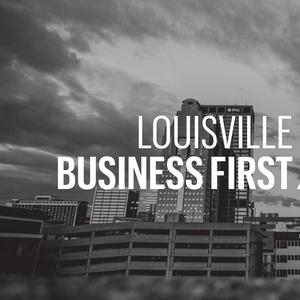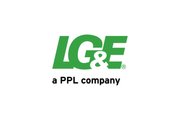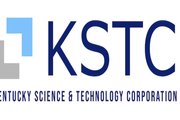
As a former educator, Dr. Craig Meador knows the challenges blind and visually impaired students are facing in the classroom, especially when it comes to subjects like math and science.
In traditional classroom settings, teachers are rapidly moving from one problem or question to the next, and oftentimes, blind and visually impaired students are still trying to find the right volume and corresponding graphics in their braille textbooks.
"I would have to reteach the lesson to the student after math class," Meador said. "The day before the lesson, we would review what was going to be learned. The day of the lesson, they listened and participated the best they could, and then after the lesson, often after school, we'd sit down with the student again and reteach the lesson because students didn't have real-time access to what was happening up on the board."
So for years, the field has dreamed of a device that could display multiple lines of braille and tactile graphics on the same, refreshable display surface, essentially giving blind and visually impaired students the ability to keep up with the rest of the class.
"This has always been a goal for anyone who works in the space of education, especially for the blind or visually impaired," Meador said. "Hence the name: 'The Holy Braille.' We've all been searching for this elusive device that can do it all."
But at first, creating such a device wasn't feasible, Meador continued. When he joined the American Printing House for the Blind (APH) in 2015, the Louisville nonprofit was already trying to develop a tactile graphic interface device.
But that project faced two major hurdles: One, the device couldn't be mass produced, and two, it was never a viable product because of how expensive its production proved to be.
"It was a big device," Meador, APH president and CEO, said. "It was bulky. It did some amazing stuff, but at the end of the day, it became a very expensive Etch A Sketch because there was no ecosystem for it. There was no software support.
"We decided the biggest lesson learned from that is: What's the point in creating a car if you don't create a highway?"
Electronic braille technology has advanced since that first project, however, thanks to companies like HumanWare and Dot Inc. After vetting the technology, APH decided to pursue the development of the device again last summer.
Since partnering with HumanWare to co-develop what is now called the "Dynamic Tactile Device," APH and HumanWare teams have worked on the physical specifications of the device while also discussing the ecosystem which needs to be created to support the new technology. Meador compared that ecosystem to the App Store — an open-source platform that's supported by Android and iOS to connect the device with education apps and beyond.
While the technology has advanced, the Dynamic Tactile Device (DTD) has gotten no less expensive. Meador said the only thing that would really drive costs down would be mass production, and for APH, a big sales number for any of its products is 1,000 units, which isn't enough to lower production costs.
APH is going after federal grants to drive costs lower. Ideally, Meador would like to see the retail price be about $5,000, or a third of the production cost, which is on par with other braille devices currently available in the market. To test the prototype, APH will need 30 devices, which will cost $15,000 to $18,000 a piece.
By the time it is finished, the DTD will be APH's most costly innovation to date.
"Accessibility and equity are rarely cheap," Meador said. "Almost all of that is due to the low production numbers because in this field of developing things for people who need devices, be it a hearing aid or be it a wheelchair or be it a braille device ... margins are generally pretty thin."
But this time, APH isn't going to let cost get in the way of developing the device needed to aid in classroom learning. Comparatively, it can cost upwards of $30,000 and more than 30 printed volumes for a single textbook to be translated in braille — a process that can take up to a year.
While education is the first and most significant priority, the DTD has more applications outside of the classroom, too. Meador gave a few examples: information kiosks at malls or other venues, ATMs at banks and displays at museums.
Now, APH is building a worldwide alliance of groups, such as National Federation of the Blind and the International Council on English Braille, to establish a new electronic braille standard (eBRF) that will guide how content is navigated on electronic devices.
“The effort that has been undertaken to create an eBRF format for braille reading is truly ground-breaking," said Judy Dixon, president of International Council on English Braille, in a news release. "With so much braille being read on electronic devices, efficient navigation is critical to the success of electronic braille for students, professionals, and even the casual braille reader."
The current braille file standard was developed for braille embossers, creating a static file that can be output to create printed braille, but its applications for a dynamic device like the DTD is limited, making establishing a new standard a crucial step in its development process.
"This is huge," Meador said of the efforts. "We're just putting everything out there, putting in the finances, looking for partners to help fund it ... but at the same time, if we can pull this off, this would just usher in a whole new world of invention for people who are blind or visually impaired."









